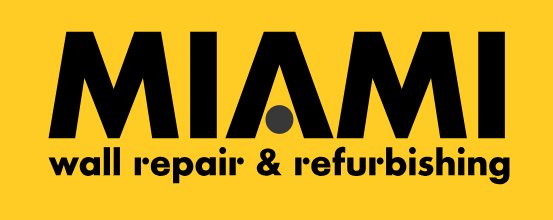Choosing Mold-Resistant Drywall and Paints for Water-Damaged Miami Homes
Living in Miami means dealing with unique challenges when it comes to maintaining your home. Between hurricane season, high humidity, and occasional flooding, water damage is a constant threat to South Florida properties. When water infiltrates your walls, choosing the right mold-resistant materials becomes critical for protecting your home and family's health.
Why Mold-Resistant Materials Matter in Miami's Climate
Miami's subtropical climate creates the perfect breeding ground for mold. With average humidity levels hovering around 75% and temperatures rarely dropping below 60°F, mold spores can quickly colonize water-damaged drywall. According to the Florida Building Code, properties in flood-prone areas must meet specific moisture resistance standards, making mold-resistant materials not just a smart choice—they're often a requirement.
Understanding Mold-Resistant Drywall Options
When replacing water-damaged drywall in Miami homes, you have several mold-resistant options:
Purple Drywall (Mold-Resistant Drywall): This moisture-resistant drywall features a treated core and paper that resists mold growth. It's ideal for Miami bathrooms, kitchens, and areas prone to moisture exposure.
Greenboard: A water-resistant drywall with a green paper facing, suitable for areas with moderate moisture exposure. However, it's not recommended for direct water contact areas in Miami's humid climate.
Cement Board: The most durable option for high-moisture areas, cement board is completely waterproof and mold-resistant. It's perfect for Miami homes in flood zones or areas with a history of water damage.
Fiberglass-Faced Gypsum Board: This premium option uses fiberglass instead of paper, eliminating mold's food source entirely. It meets stringent South Florida building codes for moisture resistance.
Miami Building Code Considerations
The Florida Building Code (FBC) and Miami-Dade County have specific requirements for water-damaged properties:
• In flood zones (especially zones AE and VE common throughout Miami-Dade), replacement materials must meet flood-resistant construction standards
• The Miami-Dade County Building Code requires proper moisture barriers in walls below the Base Flood Elevation (BFE)
• After hurricane damage, repairs must comply with the 50% rule—if repairs exceed 50% of the structure's value, the entire building must be brought up to current code
• All replacement drywall must include proper vapor barriers appropriate for South Florida's climate
Choosing the Right Mold-Resistant Paint
Even with mold-resistant drywall, the right paint is essential for long-term protection in Miami homes:
Look for paints specifically labeled as "mold-resistant" or "mildew-resistant"
Choose products with antimicrobial additives like zinc oxide or copper
Opt for high-quality acrylic latex paints that allow walls to breathe while resisting moisture
Consider elastomeric paint for exterior walls—it's popular in Miami for its ability to withstand hurricane-force winds and heavy rain
Top brands recommended for Miami's climate include Benjamin Moore Aura Bath & Spa, Sherwin-Williams Duration, and Behr Premium Plus with Mildewcide.
Post-Hurricane Repair Considerations
If you're repairing water damage from a hurricane, timing is critical. Miami's humidity means you have a narrow window before mold sets in:
• Begin remediation within 24-48 hours of water exposure
• Ensure complete drying before installing new drywall (moisture content should be below 16%)
• Document all damage for insurance claims before starting repairs
• Verify your contractor is licensed in Miami-Dade County and familiar with post-hurricane building codes
Proper Ventilation and Humidity Control
Installing mold-resistant materials is only part of the solution. Miami homes need proper ventilation to maintain effectiveness:
• Install exhaust fans in bathrooms and kitchens that vent outside
• Use dehumidifiers to keep indoor humidity below 60%
• Ensure proper attic ventilation to prevent moisture buildup
• Consider a whole-house dehumidification system for maximum protection
The Installation Process
Professional installation of mold-resistant drywall in Miami requires specific expertise:
1. Complete water damage assessment and mold testing
2. Thorough drying and dehumidification of affected areas
3. Removal of all damaged materials down to the studs
4. Treatment of wood framing with anti-microbial solutions
5. Installation of proper vapor barriers per Florida Building Code
6. Installation of mold-resistant drywall with appropriate fasteners
7. Proper sealing of all seams and joints
8. Application of mold-resistant primer and paint
Don't Wait to Address Water Damage
In Miami's climate, delaying water damage repairs is never a good idea. What starts as a small leak can quickly become a major mold problem, especially during the humid summer months. Professional assessment and proper material selection are essential for protecting your investment.
For mold-resistant drywall installation in Miami, call Miami Wall Repair at (305) 699-3538.
Our team understands South Florida building codes, hurricane-resistant construction requirements, and the unique challenges of Miami's climate. We'll ensure your water-damaged walls are properly repaired with the right mold-resistant materials to protect your home for years to come.

